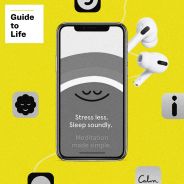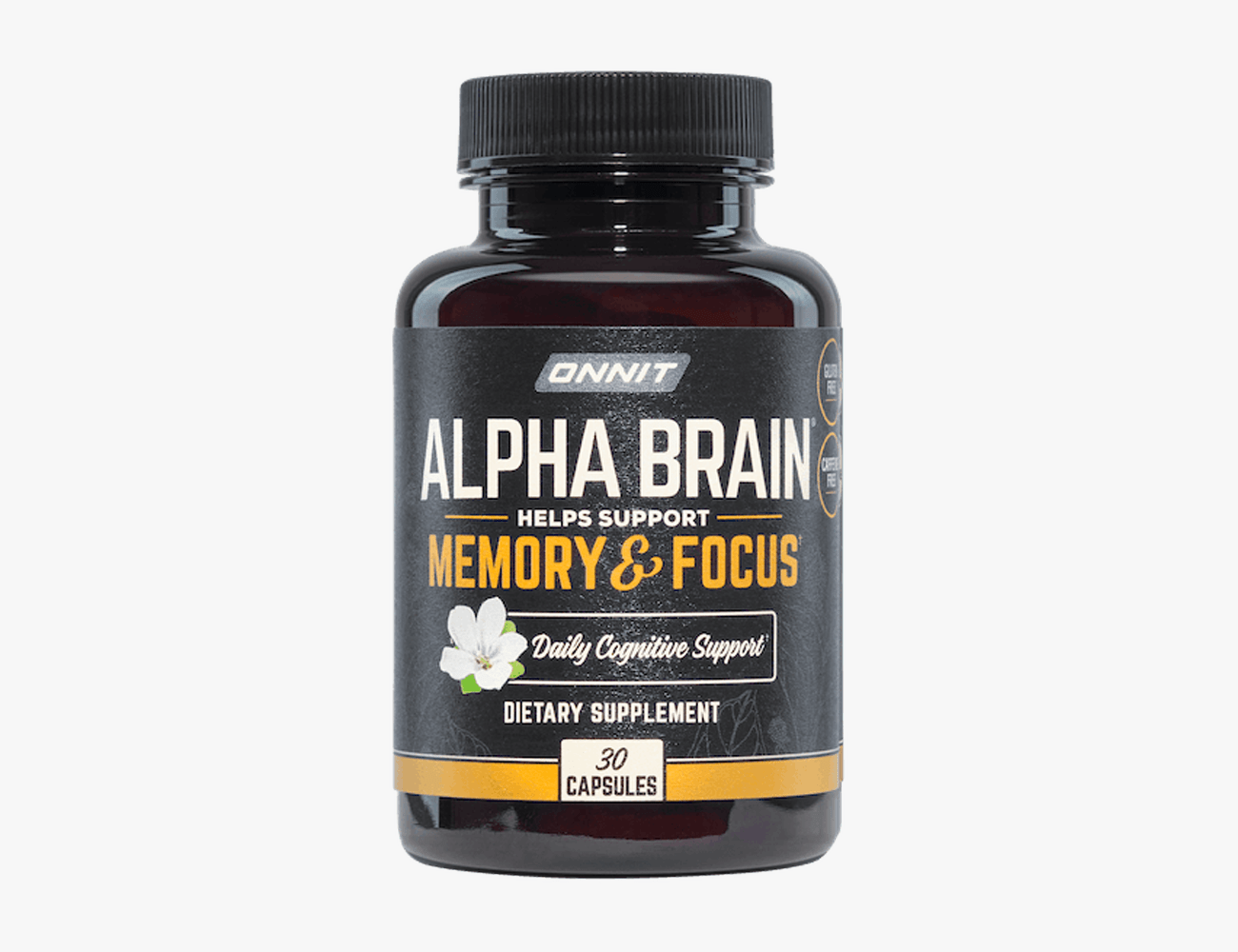You probably have a good idea how to whip your body into shape, right? Work out consistently. Eat (relatively) clean. Rest and recover properly. But as more and more of us are realizing, physical fitness is only half the equation.
The term “mental fitness” refers to a positive state of well-being created through the general maintenance of both brain and emotional health. In other words, training how you think, feel and act in the same manner you would your biceps or quadriceps. But you can’t look at your mind the same way you do your muscles, says certified mental performance coach Carl Ohlson, which can make the concept difficult to grasp.
“It’s much harder to see what’s going on between somebody’s ears than it is to see what’s going on with their physiology,” explains the former Penn State assistant athletic director for performance psychology. “You have to really understand yourself, and then you have to figure out how to manage yourself in different environments, and that is, oftentimes, unique to the individual.”
“You have to really understand yourself, and then you have to figure out how to manage yourself.”
Such a self-assessment might feel more intimidating than a one-rep max bench press, but in today’s world, mental fitness is taking center stage. According to research by the global market intelligence agency Mintel, nearly four out of five Americans (78 percent) cite mental and emotional well-being as inspiration for exercising, narrowly edging out physical well-being (76 percent). Additionally, a recent poll by the American Psychiatric Association showed that one-quarter of Americans made a New Year’s resolution to improve their mental health this year.
Thankfully, there are plenty of resources to get a boost in this area. Here’s a quick look at three approaches to mental fitness, followed by Ohlson’s thoughts and our own experiential feedback, to help you get your head in the game, so to speak.






